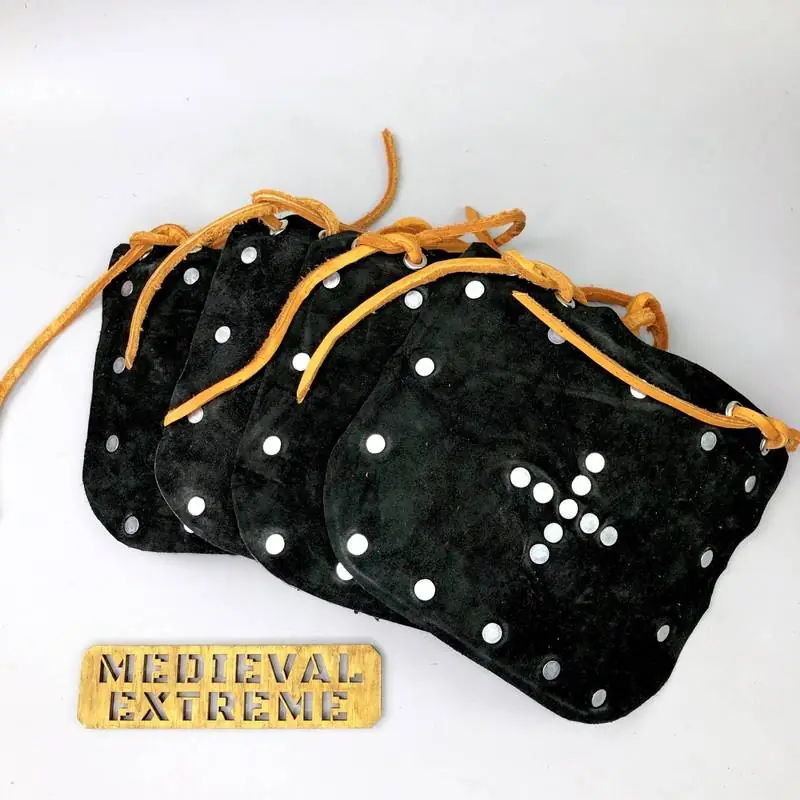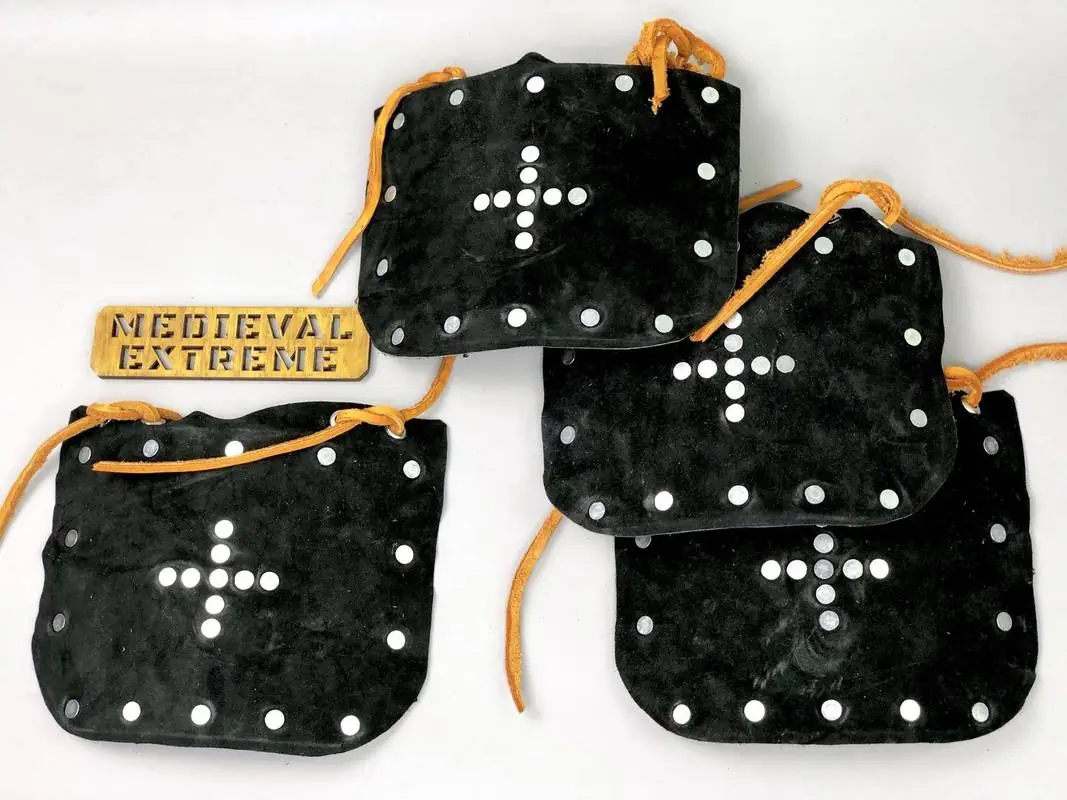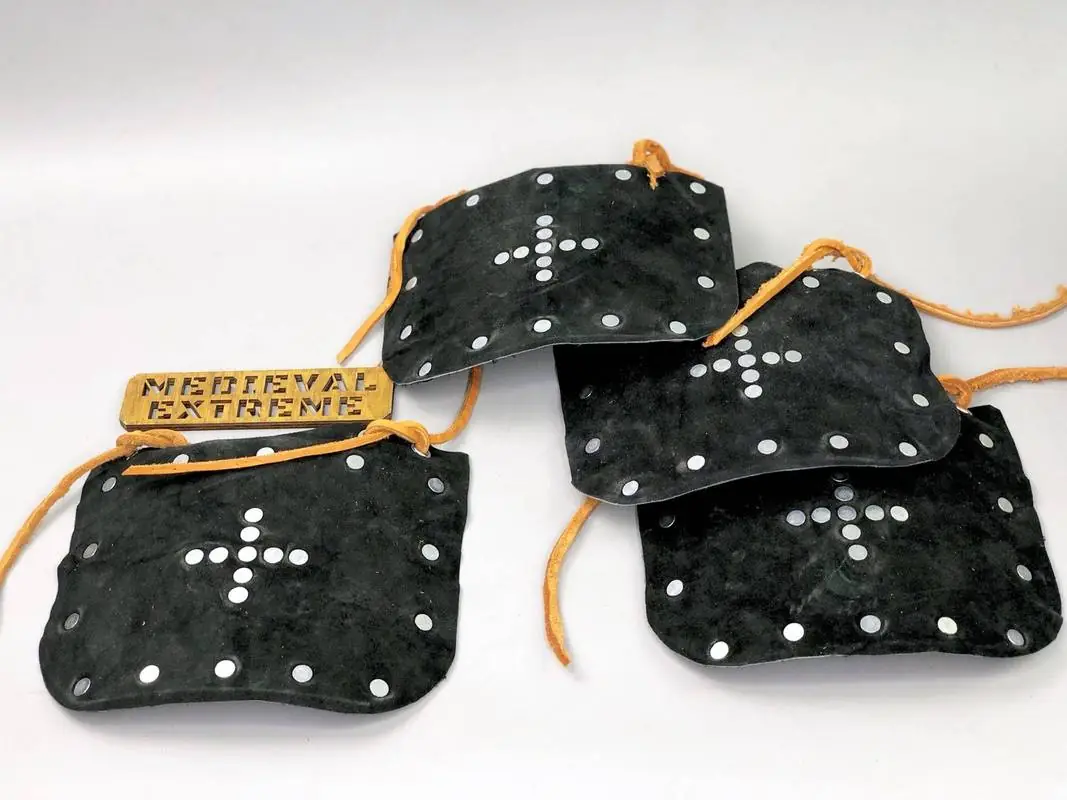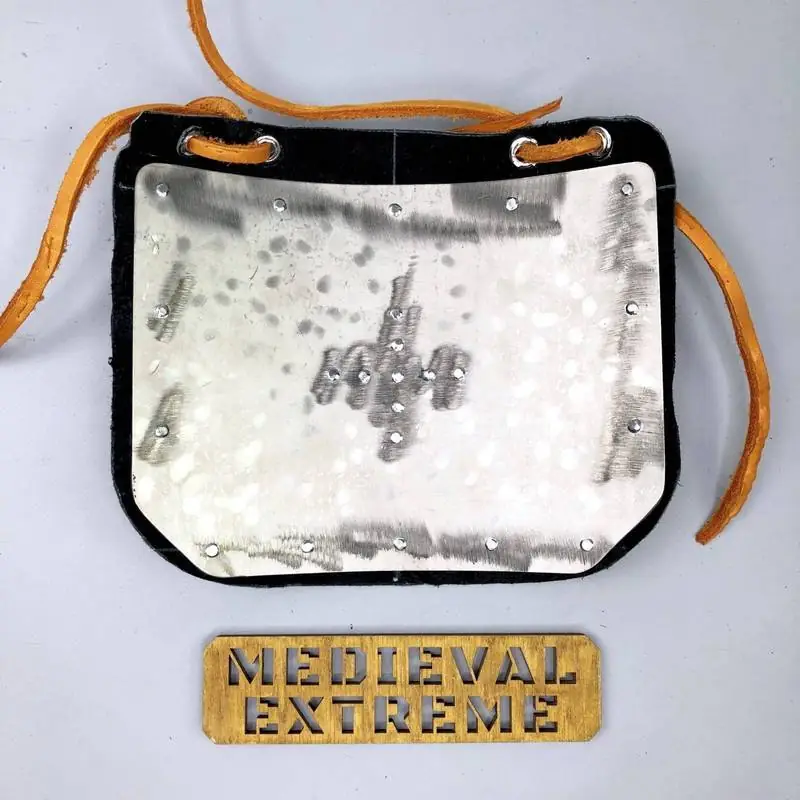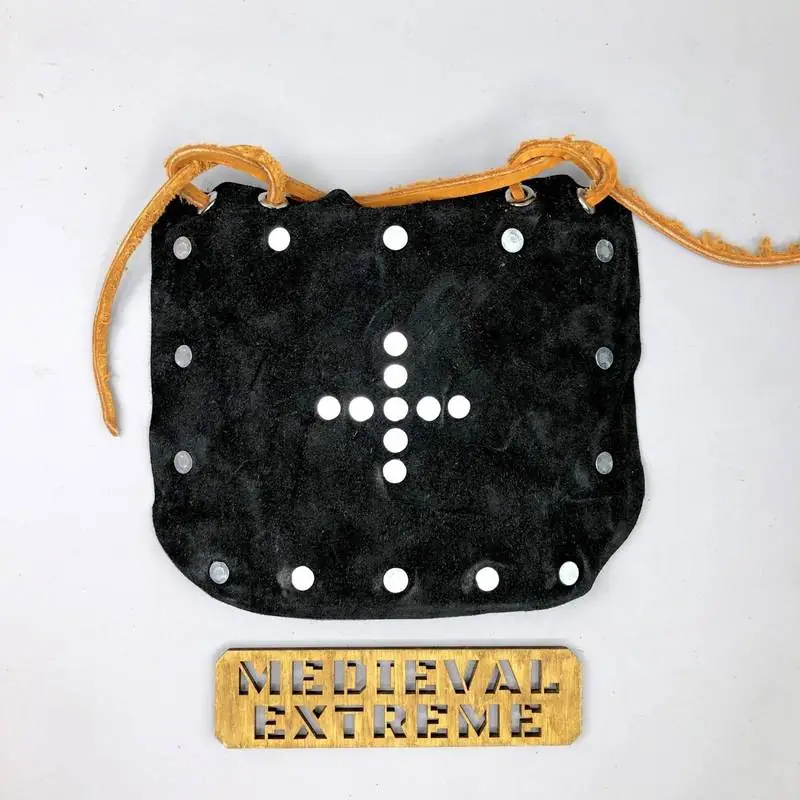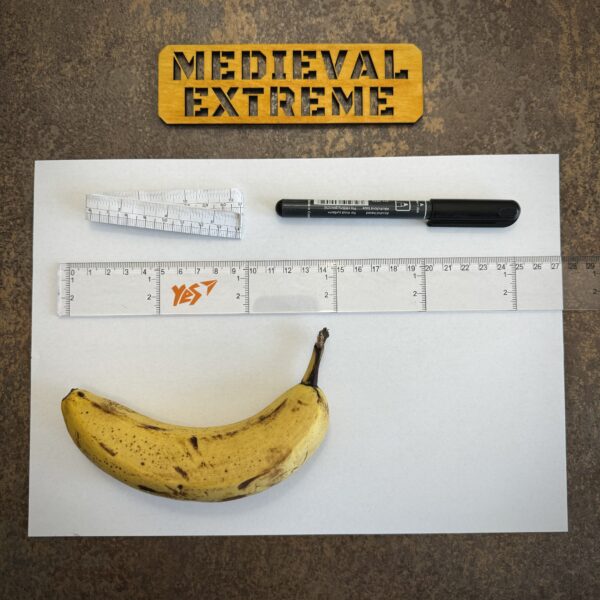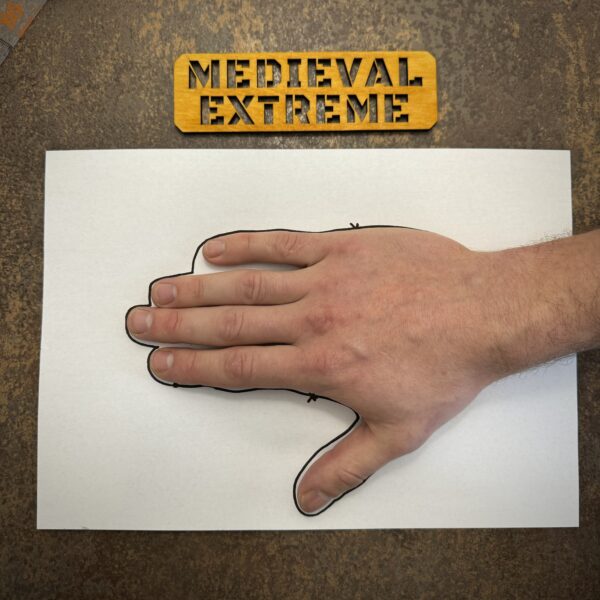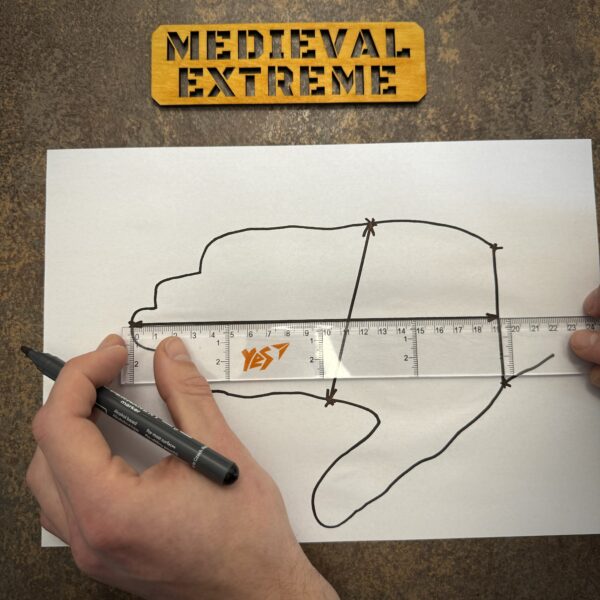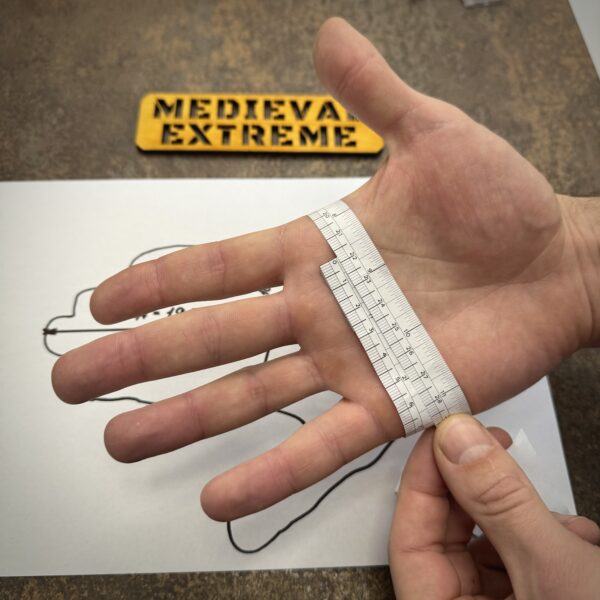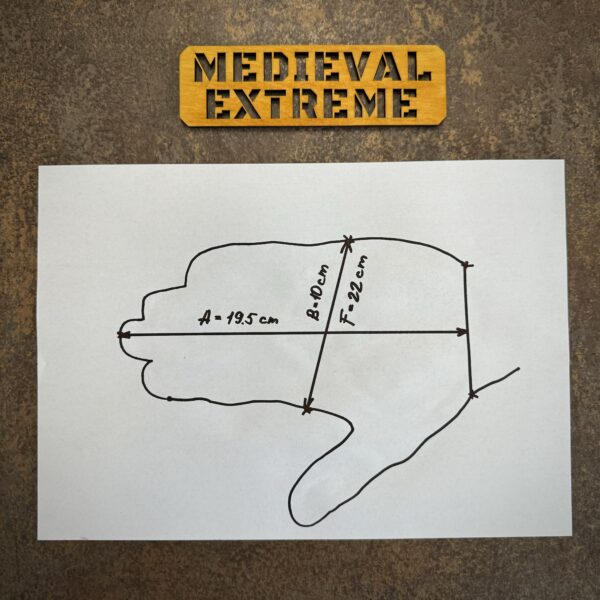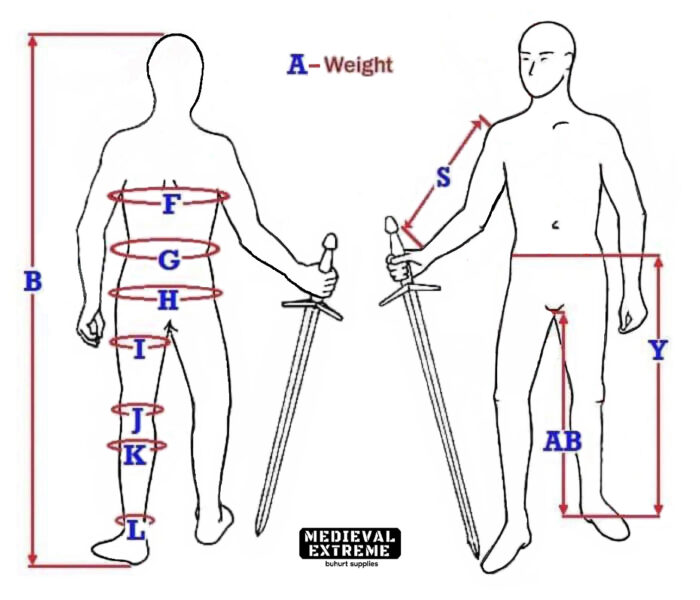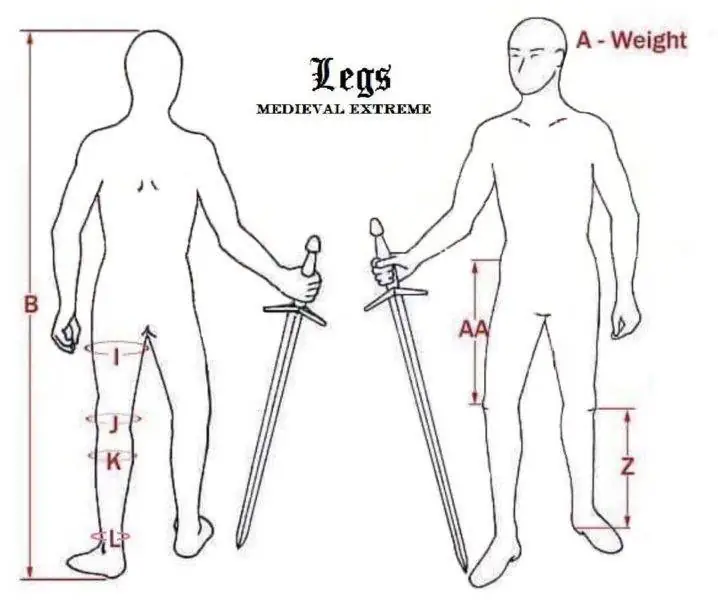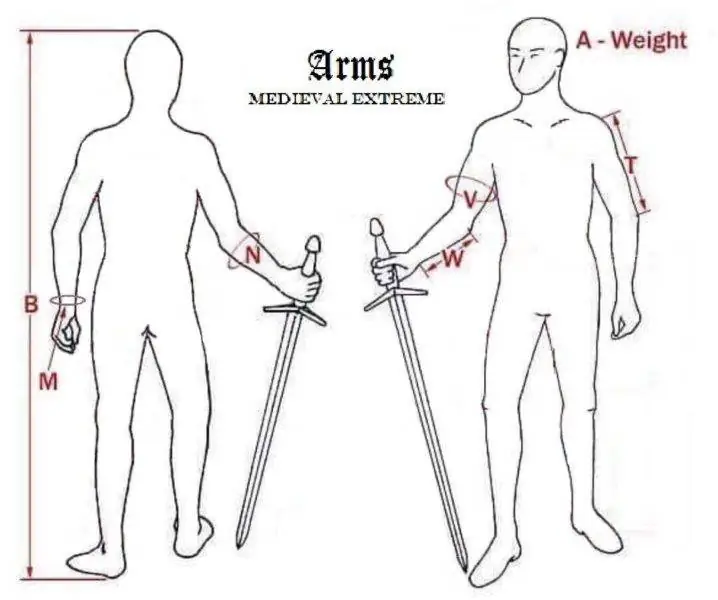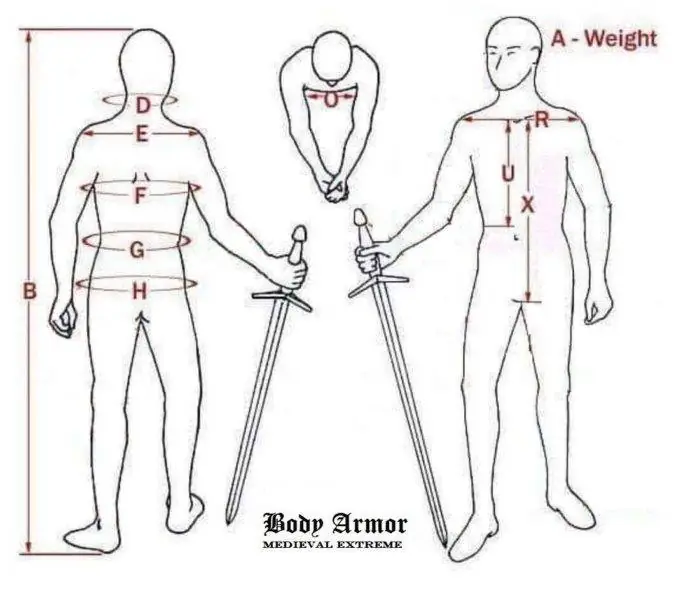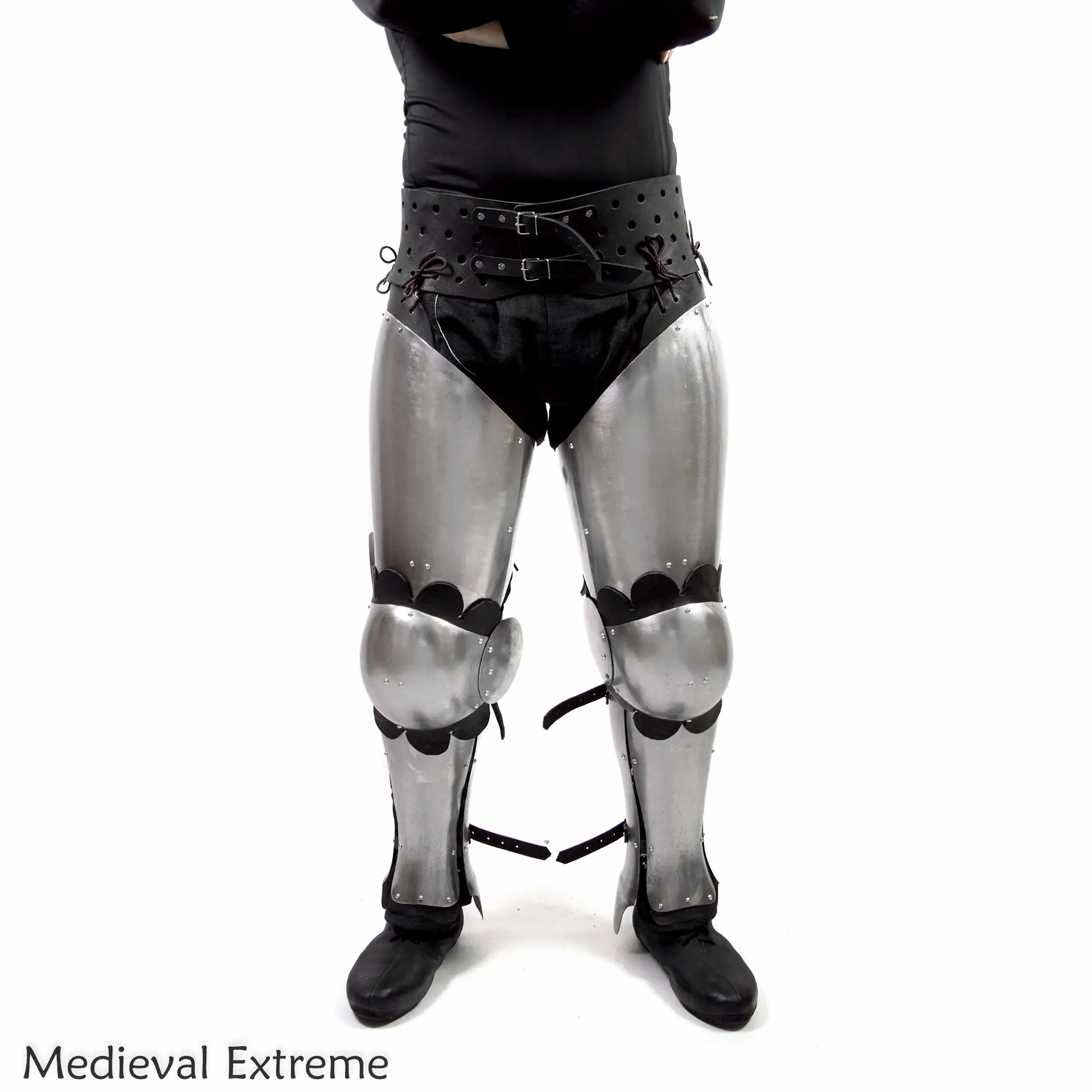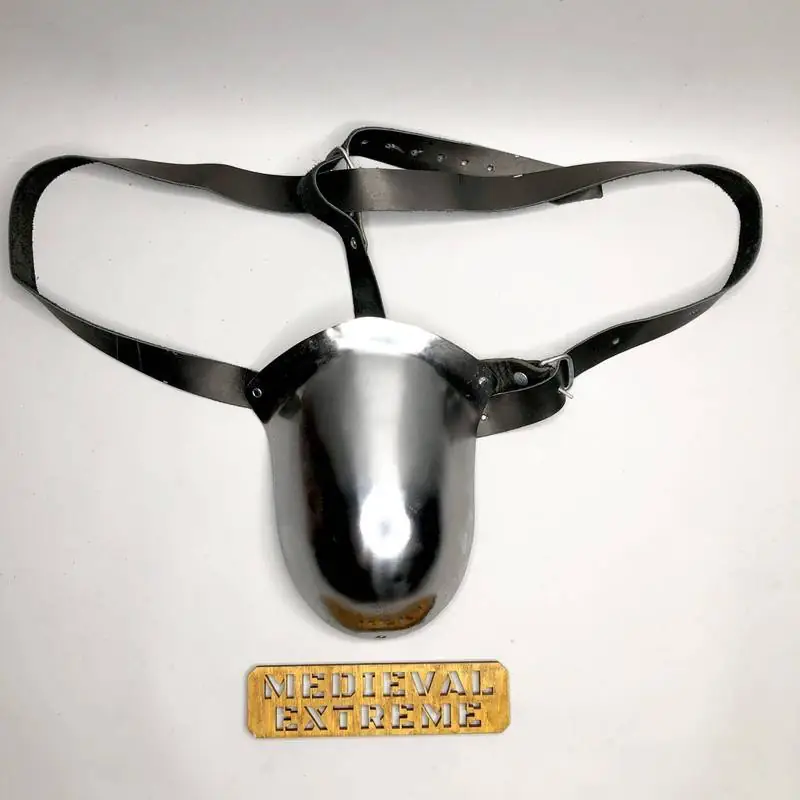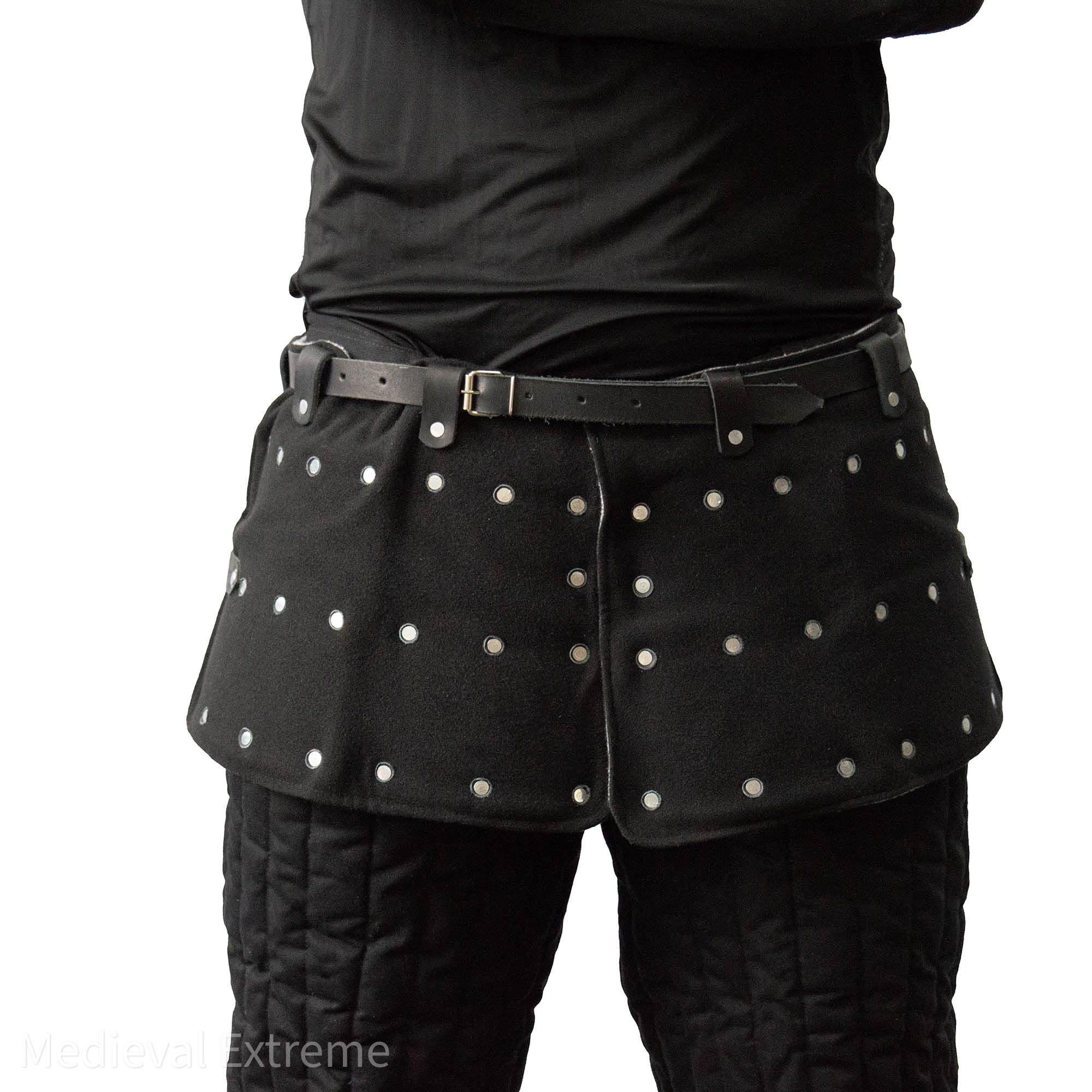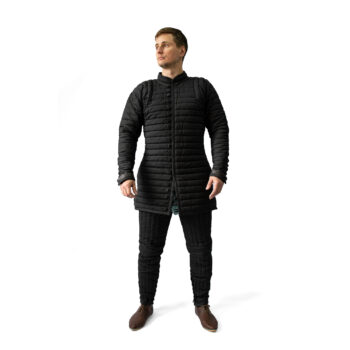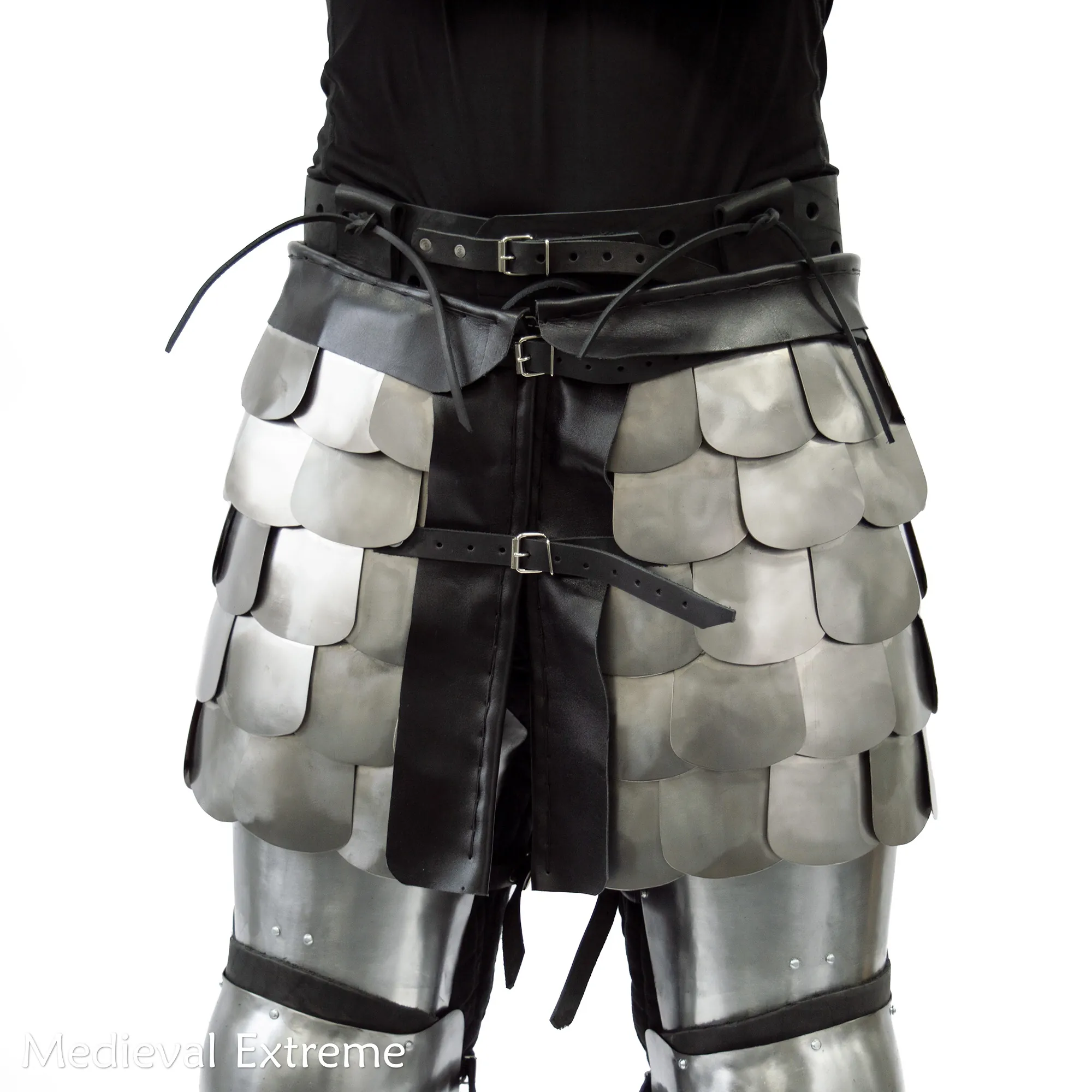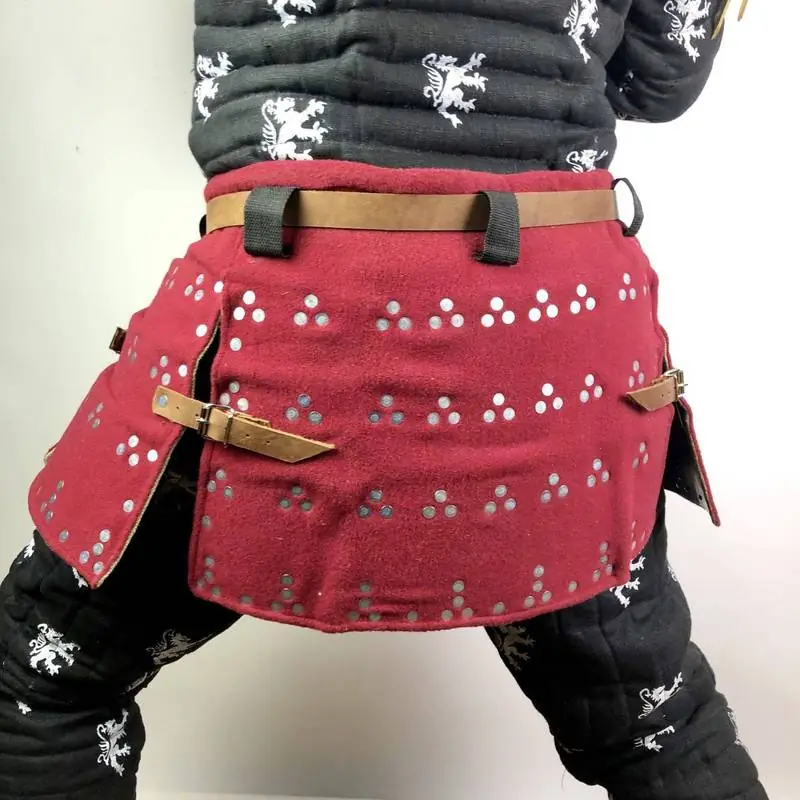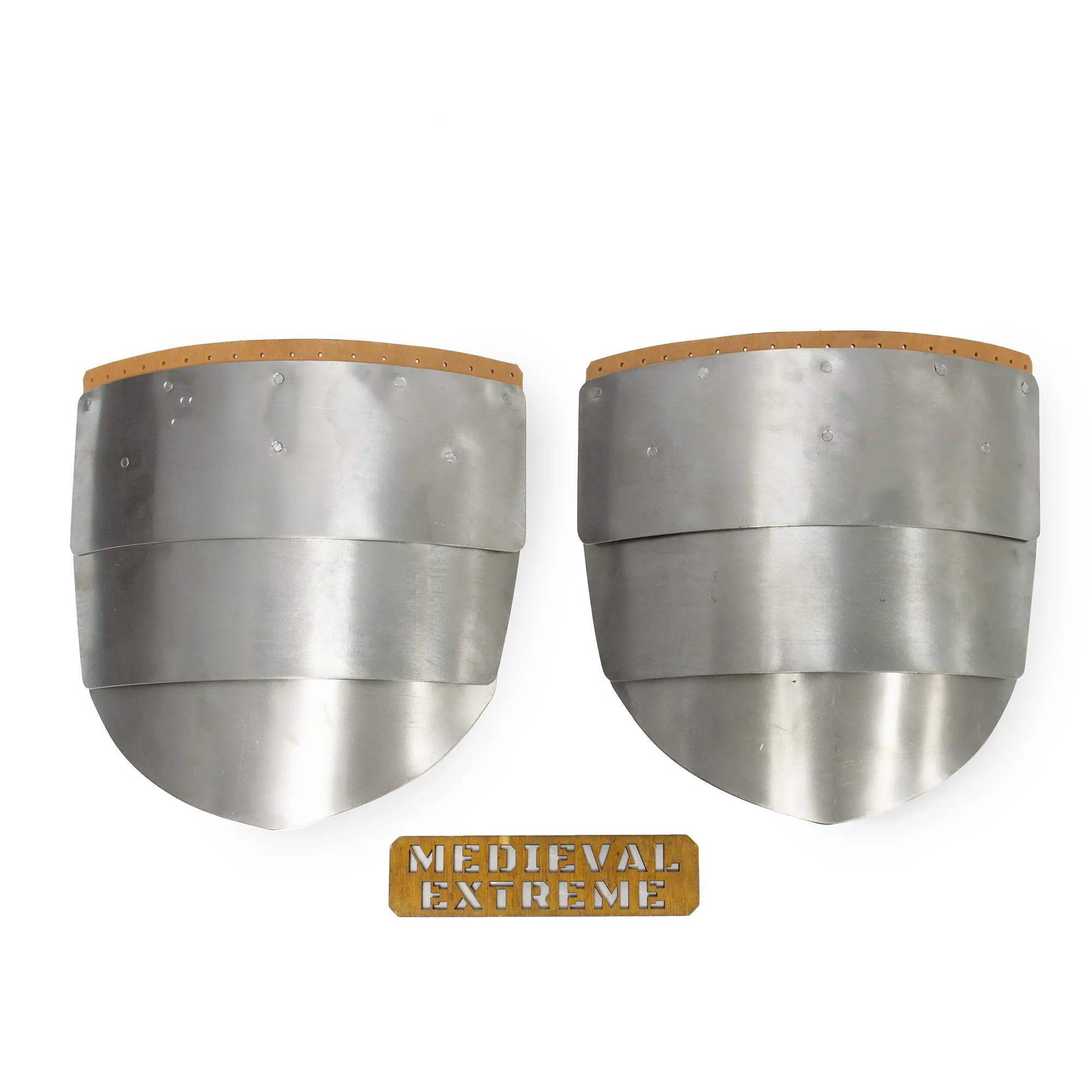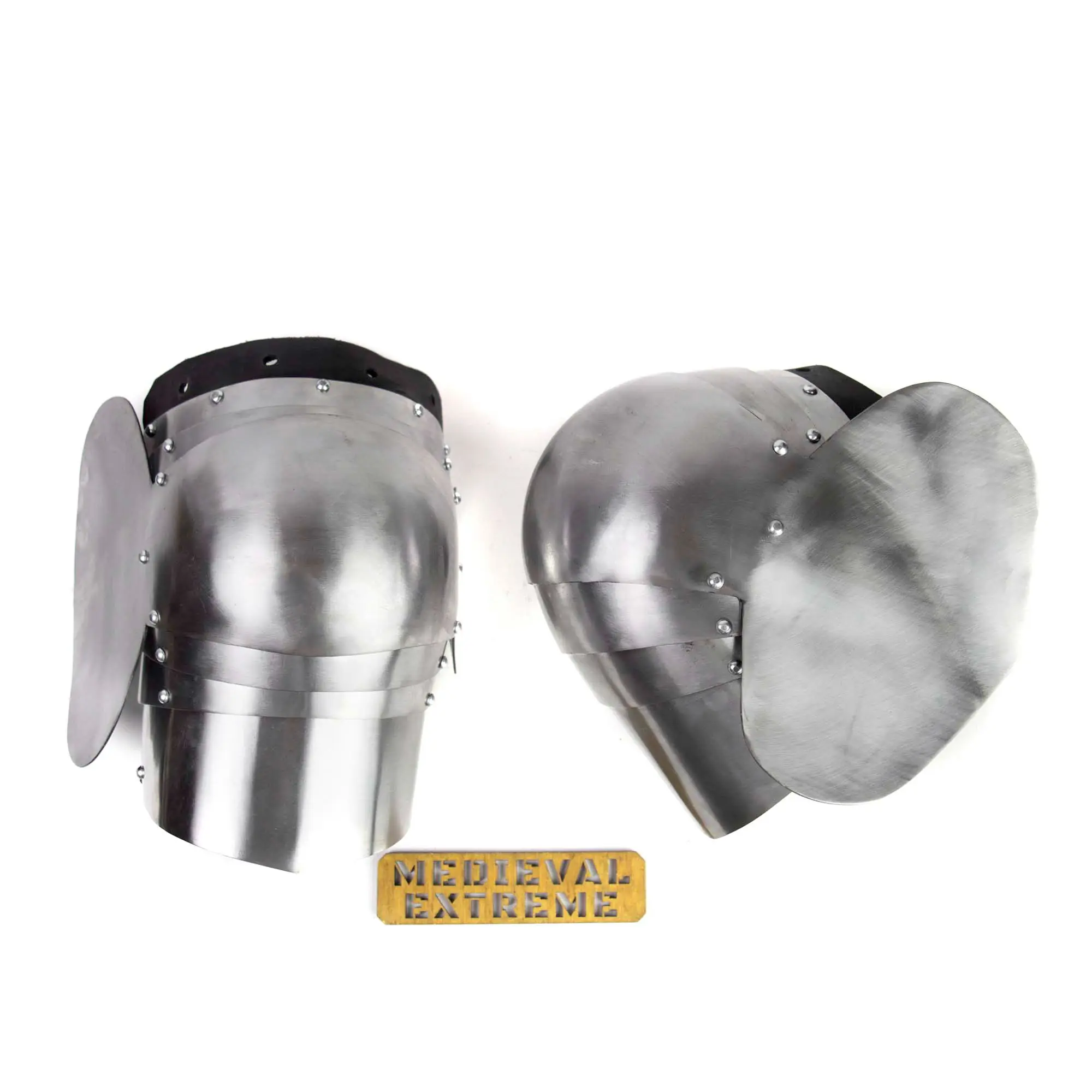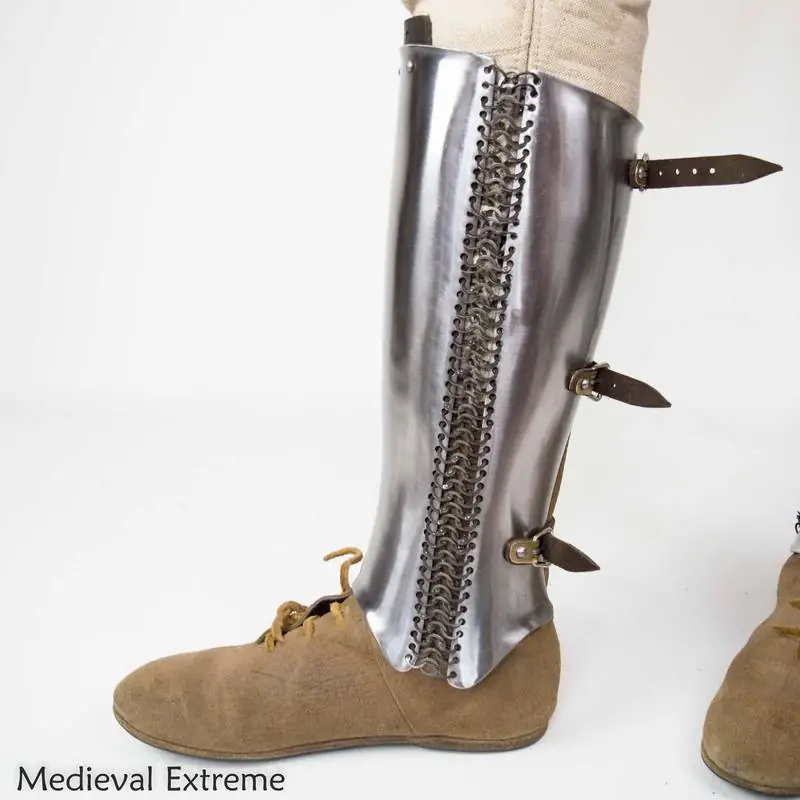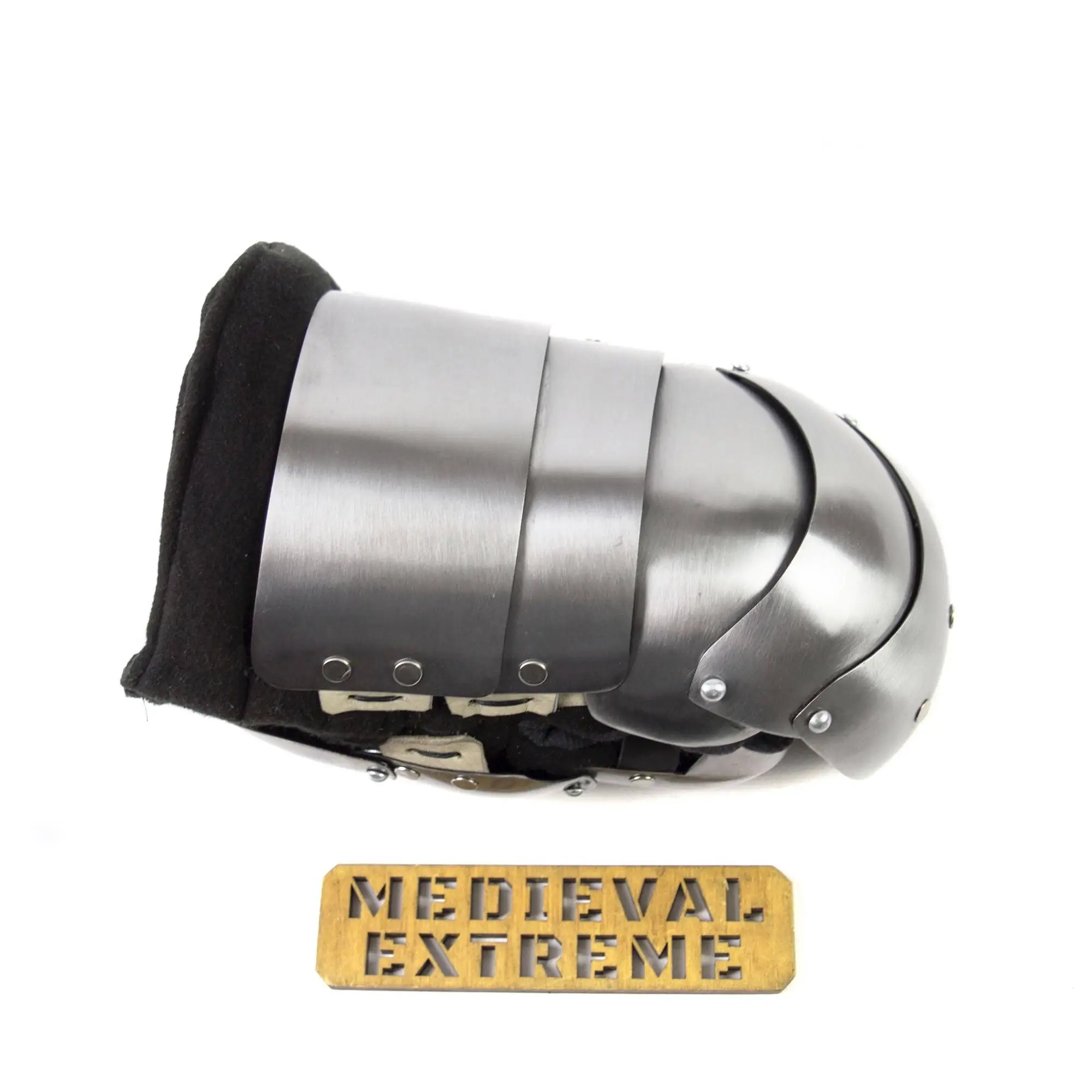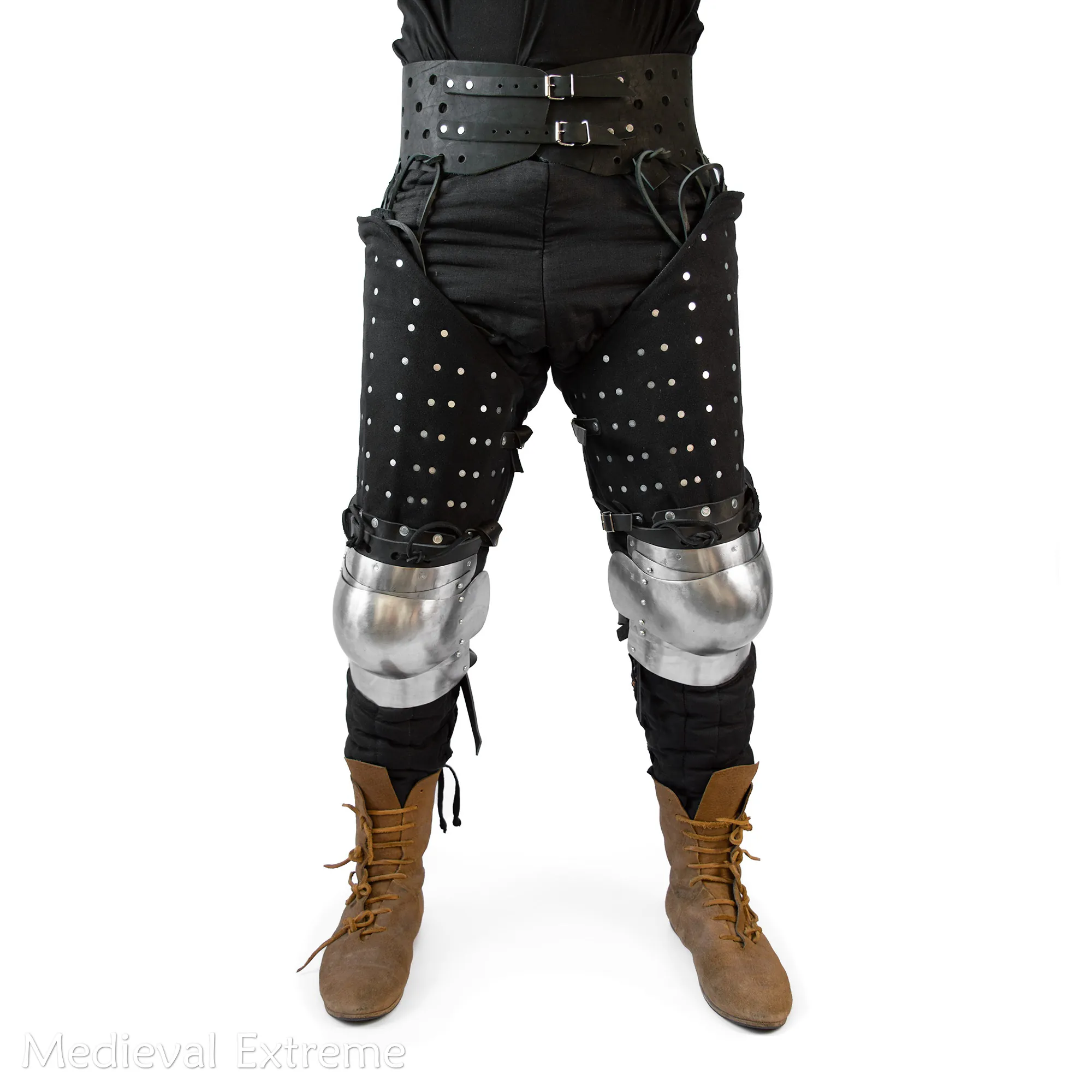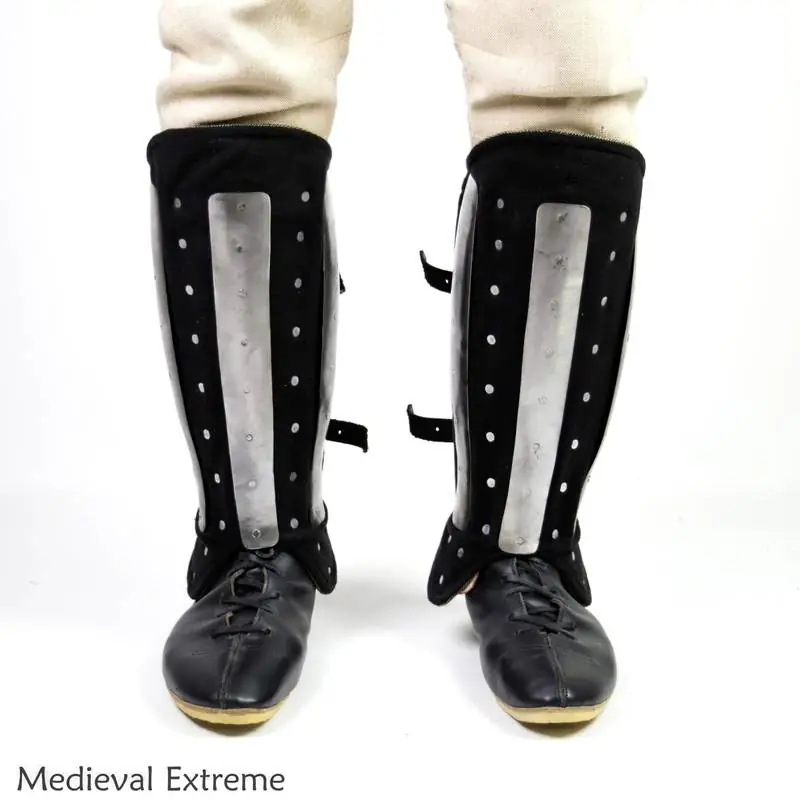Description
Greetings, fellow buhurt fighters! Are you tired of your brigantine being too short and leaving your pelvis exposed to damage? Fear not, for we have the solution: Titanium Plates for Hips Protection!
Size of the plate: 20×20 cm
Crafted from hard titanium, these plates are extremely light and designed to absorb maximal damage from blows to your pelvis.
Available in sets of 2 or 4 plates. Each set comes with arming points and laces included for easy attachment to the edge of your brigantine, belt, or gambezone.
But that’s not all – we know how important it is to look your best on the battlefield, which is why we offer these plates in a variety of colors to match your brigantine. Whether you prefer classic black or want to stand out with a bold color, we’ve will cover your back.
So if you want to protect your hips from any type of damage and look good doing it, don’t wait – invest in our Titanium Plates for Hips Protection today!

